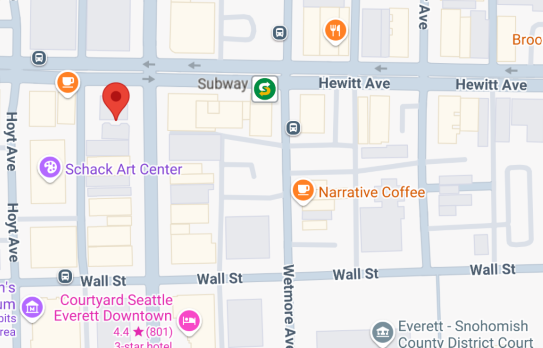The Means Test
Basically, the means test looks at the consumer’s income, reduces it by several categories of acceptable expenses, and arrives at what is the remainder – or the disposable income that would be available on a monthly basis to pay your creditors. In a majority of consumer cases, the consumer’s disposable income is zero, or negative, then the consumer will likely qualify for Chapter 7 bankruptcy. This is intuitive as these are the people that are most in need of bankruptcy. They have no money left over after paying bills each month, and usually are not paying all the bills or are cutting corners to make ends meet.
The major difficulty comes into play when folks have some disposable income left over each month – it doesn’t have to be a lot. Difficulties also arise when people have a relatively large income, but their debts have become so large that they can’t pay all of their bills. In these instances, the means test rules will need to be strictly adhered to as they could derail the person that wants a Chapter 7 bankruptcy rather than a Chapter 13.
You might be thinking that the calculations to determine the income number, and the expense items that are allowed to be deducted from it as necessary expenses are of utmost importance and there are myriad ways that these numbers could be summed up. You’d be right. There are lots of ways to do it, and there has been lots of litigation in the bankruptcy courts on these subjects. Today, there are a set of rules that help us to know what is allowable, but there is still a considerable amount of grey area.



